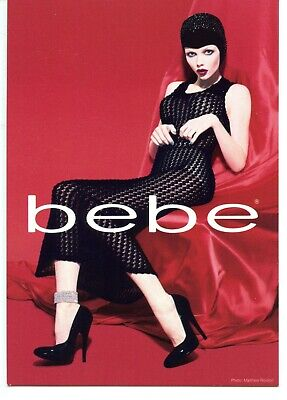Creative
Well-Known Member
- Joined
- Oct 1, 2007
- Messages
- 5,781
- Reaction score
- 5,757
Nobody said it’s for white Europeans, I said it’s for the rich, and we are also saying high fashion was originated in Europe, so it’s normal that people working in the industry in Europe are mainly white and that the beauty ideal in European brands is more “whitish”.if fashion is for white Europeans only, shouldn’t they have their factories in Europe only, too and only employ native Europeans (not immigrants or migrants)
If it originated in Africa, I’d totally get it would be the other way around, like it is with the African brands.
Globalization is another whole topic. Tbh, I don’t have yet a super strong opinion on it, but I think in terms of production is more negative than positive, so I’d say it would be better to produce everything where the brand is located (less eco impact as well), but my opinion on this topic is not very… strong.

 I was never really obsessed with the runways. Sure, I saw some McQueen, JPG, and others, but I wasn't really high fashion obsessed until the early 2010s, especially with Nicolas Ghesquière, Phoebe Philo, and Haider Ackermann.
I was never really obsessed with the runways. Sure, I saw some McQueen, JPG, and others, but I wasn't really high fashion obsessed until the early 2010s, especially with Nicolas Ghesquière, Phoebe Philo, and Haider Ackermann.